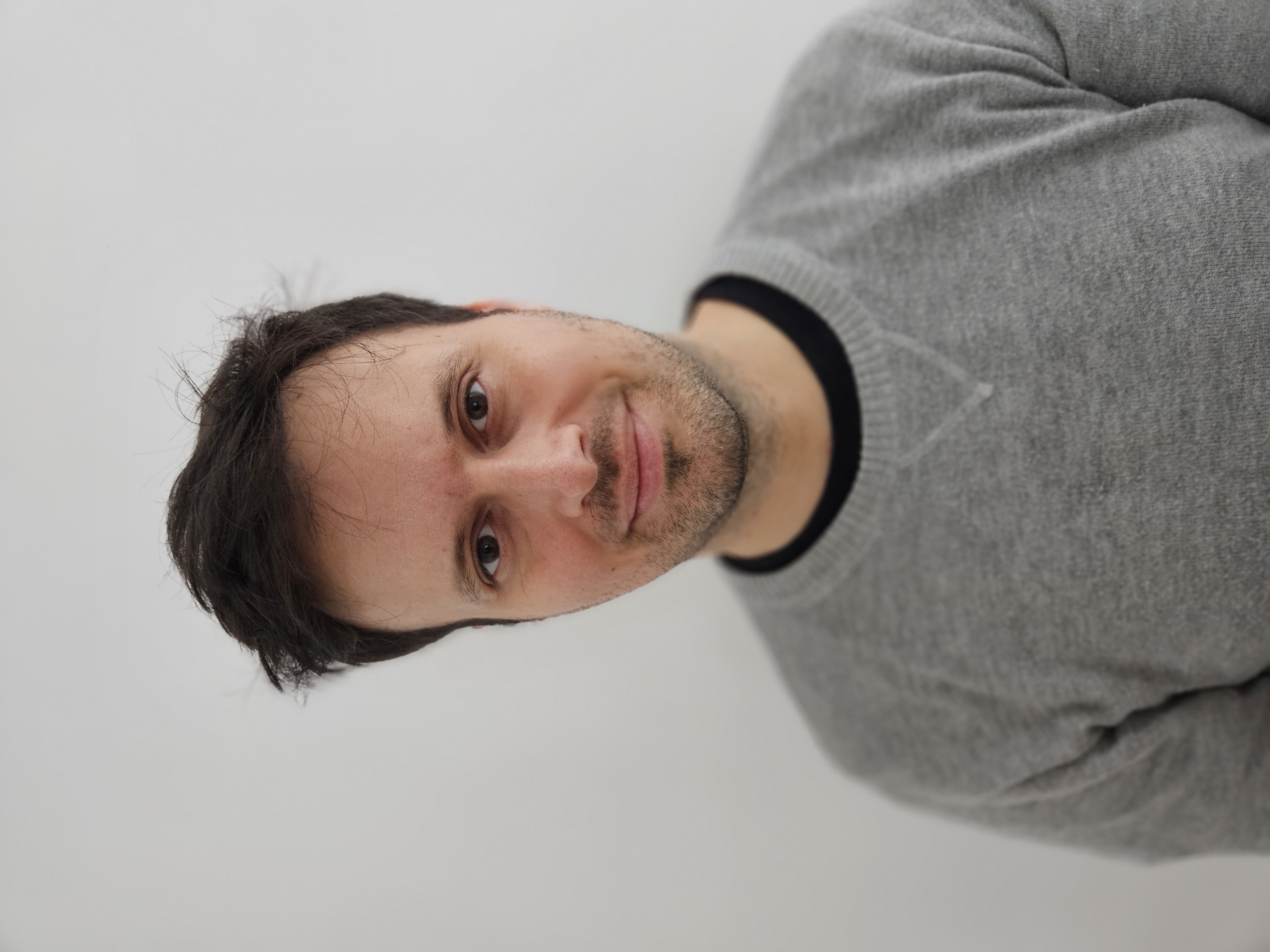Peter Ranacher
Peter Ranacher, Dr.

Postdoctoral Researcher
Anthropological Linguistics Group
The Spatial Data Science Group
I am a postdoctoral researcher studying how language and culture evolve across space and time. At ISLE, I coordinate the Glottography Project, an initiative to make geographic language maps accessible to the research community.
Glottography is the first free, open-source platform for mapping the speaker areas of the world’s languages. Developed at the University of Zurich, it currently offers 10,000+ digital language areas derived from over 100 language maps published in scientific research. The data is freely available on GitHub
As part of the TTF project, I focus on building interfaces that allow researchers to access Glottography data in R and Python, while also providing tutorials to help them analyse and visualise the existing data and contribute new data.
Grants:
- TTF Grant “Unlocking the Potential of Glottography for Evolutionary Research”
ZORA Publication List
Download Options
Publications
-
A global and interoperable dataset of linguistic distributions derived from the Atlas of the World’s Languages Scientific Data, 12, 1466. https://doi.org/10.1038/s41597-025-05828-6
-
Inferring the origin of linguistic features from an atlas: a case study of Swiss-German dialects In: The 16th Conference on Spatial Information Theory, Québec City, Canada, 17 September 2024 - 20 September 2024.
-
High‐intensity bird migration along Alpine valleys calls for protective measures against anthropogenically induced avian mortality Remote Sensing in Ecology and Conservation, 10(3):360-373.
-
Inferring the history of spatial diffusion processes (Short Paper) LIPIcs : Leibniz International Proceedings in Informatics (pp. 71:1-71:6). Presented at the 12th International Conference on Geographic Information Science (GIScience 2023), Schloss Dagstuhl. doi:10.4230/LIPIcs.GIScience.2023.71
-
Detecting contact in language trees: a Bayesian phylogenetic model with horizontal transfer Humanities & Social Sciences Communications, 9(1):205.
-
Gone with the wind: Inferring bird migration with light‐level geolocation, wind and activity measurements Methods in Ecology and Evolution, 13(6):1265-1274.
-
Linguistic traits as heritable units? Spatial Bayesian clustering reveals Swiss German dialect regions Journal of Linguistic Geography, 10(1):11-22.
-
Contact-tracing in cultural evolution: a Bayesian mixture model to detect geographic areas of language contact Journal of the Royal Society Interface, 18(181):20201031.
-
Exploring correlations in genetic and cultural variation across language families in northeast Asia Science Advances, 7(34):eabd9223.
-
Hidden spatial clusters – and how to find them In: Spatial data science symposium 2021, UC Santa Barbara, 13 Dezember 2021 - 14 Dezember 2021, California Digital Library.
-
Syntaktischer Atlas der deutschen Schweiz online https://dialektsyntax.linguistik.uzh.ch/
-
Evidence for Britain and Ireland as a linguistic area Language, 95(3):498-522.
-
Identifying probable pathways of language diffusion in South America In: AGILE conference 2017, Wageningen, 9 May 2017 - 12 May 2017.